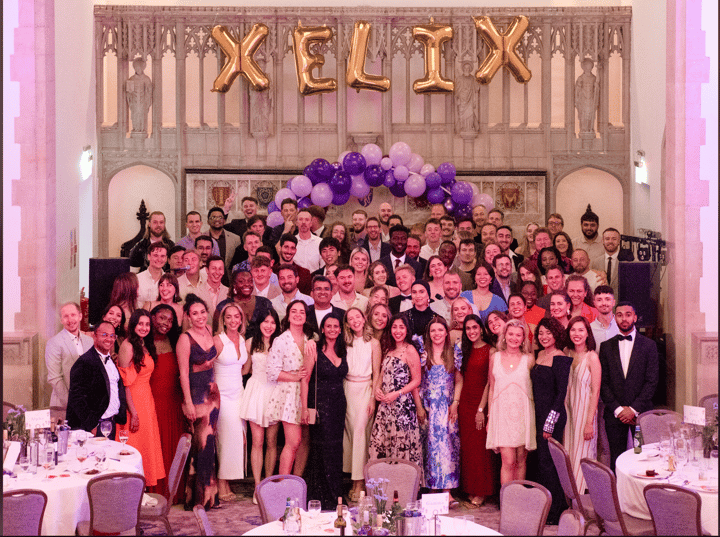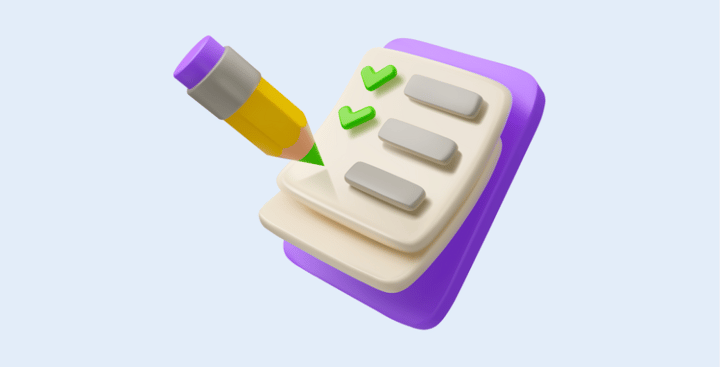Your Procure-to-Pay Guide to Generative AI: What, how and why now?
Artificial Intelligence is here to stay.
It’s popping up in every business sector and countless functions, but will it actually change the world? Closer to home, how can it transform your P2P operations?
Whether the AI buzz makes you nervous or excited, it’s important to understand what this and new technology can mean for your business.
This guide will give you the insight you need to make informed decisions about Generative AI and how it can support finance transformation.
A quick glance of what we've covered
-
Decoding AI – behind the buzzword
-
So, what’s Generative AI?
-
4 game-changing AI use cases in Accounts Payable
-
AI benefits
-
AI risks
-
The build versus buy debate
-
5 stand-out AI providers in the AP space
-
Future outlook on AI in Accounts Payable
-
Paul Solomon’s handy AI glossary
Decoding AI: Behind the buzzword
Artificial Intelligence (AI) itself is a general concept that describes machines and computers that can complete tasks that require “intelligence”. AI models can analyse vast amounts of data, identify patterns and make informed decisions in almost no time, meaning tasks can be completed at scale and speed. AI allows computers to do things that would usually require human intelligence, such as understanding language, recognising objects in images, playing games or even driving cars.
The process by which machines learn from data is called Machine Learning. The more data the models intake and the more they “train”, the better their accuracy becomes over time. Currently, all forms of AI are trained this way.
Today, there are three types of Artificial Intelligence:
Artificial Narrow Intelligence (ANI): This is the only form of AI on the market now. ANI can solve a single problem and perform one task to satisfaction, such as suggesting a related product for a shopper.
Artificial General Intelligence (AGI): This is a form of Artificial Intelligence that mimics how a human reasons but is still only a theoretical concept to date.
Artificial Super Intelligence (ASI): ASI is also only conceptual in nature. It involves highly complex and logical Artificial Intelligence capable of reasoning beyond human capabilities with the ability to build emotional relationships.
Source: compTIA
The rise of AI
The “birth” of AI is dated back to the 1950s when interest in it came to a head. Alan Turing published his work “Computer Machinery and Intelligence”, which eventually became The Turing Test: a test experts used to measure computer intelligence. During this period, the term “Artificial Intelligence” was coined and came into popular use.
Since then, AI hasn’t stopped evolving and has evolved especially quickly over the last seven years

Source: Omida
AI has existed for decades in various forms, but its recent acceleration can be attributed to a few factors:
Powerful machines:The remarkable growth of processing speed and memory capacity has powered AI. Modern computers can easily process large volumes of data and handle complex tasks at speed. Older computers simply couldn’t do this.
Abundant data: AI feeds on data. Today, every business holds vast amounts such as operational metrics, customer data or supplier information. These can come in the form of statistics, information, images, videos and anything else that AI models can use. AI trains on and learns from this data to deliver huge value.
Open-source ecosystem: While cutting-edge AI may be private, many algorithms are available for public use. This open-source culture has fuelled collective learning and rapid AI innovation. Developers have created powerful AI tools by building on previous systems.
Digital efficiency drive: There’s a worldwide movement for businesses to invest in digitisation. They want to streamline processes, improve productivity and enhance customer service. AI holds the key to this digital transformation.



